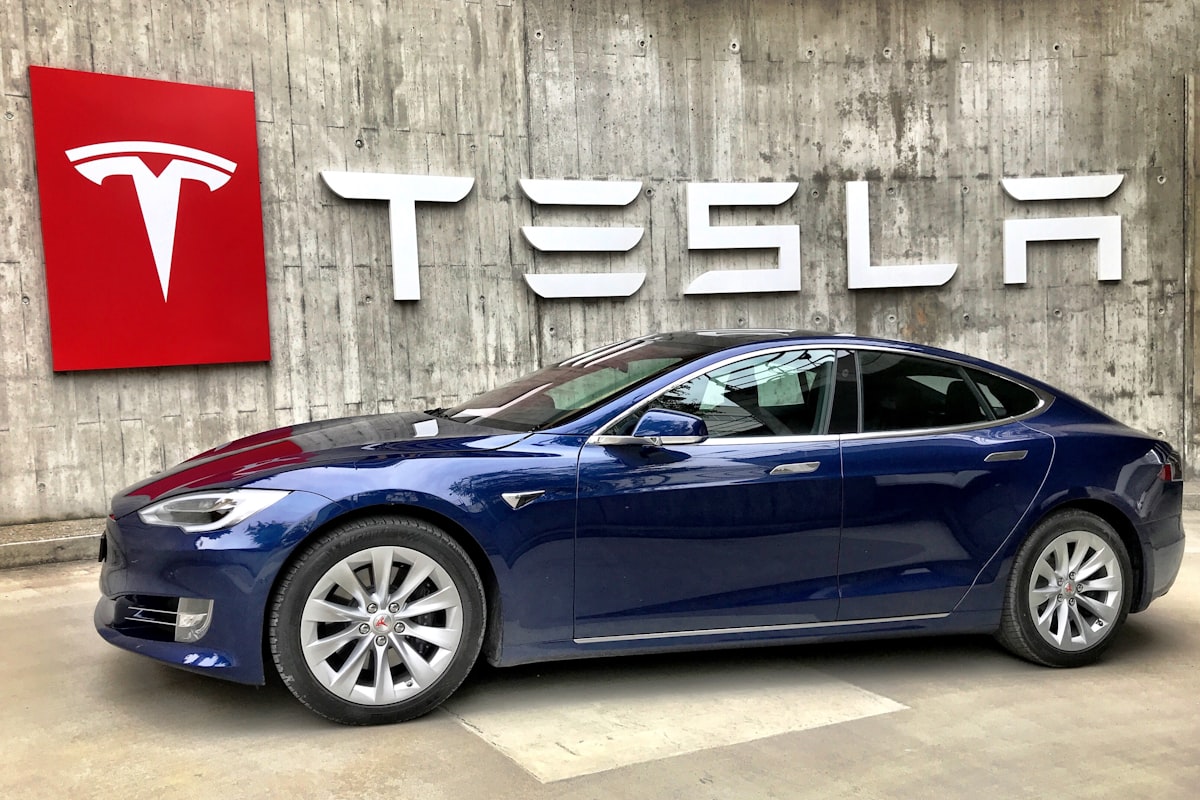Cost-effective EV Charging Solutions for NW Homeowners
Cost-effective EV Charging Solutions for NW Homeowners
Understanding Your Charging Needs
The first step in finding the right EV charging solution is to understand your driving and charging habits. If you drive significant distances daily, a higher-capacity charger may be necessary. For those with shorter commutes or who work from home, a lower-capacity solution could be sufficient.
Level 1 Chargers: The Basics
Level 1 chargers use a standard 120-volt outlet. They require no special installation and can plug into any household outlet. These chargers usually provide about 4-5 miles of range per hour of charging. They’re ideal for overnight charging or if you’re only driving short distances daily.

Level 2 Chargers: Faster and More Efficient
Level 2 chargers operate using a 240-volt outlet, similar to what you’d use for a dryer or oven. These chargers can provide 25-30 miles of range per hour. Installing a Level 2 charger typically requires a dedicated circuit and potentially some electrical work, but it can significantly reduce your charging time. This option is suitable for those with longer daily commutes or multiple EVs in the household.
Cost Considerations
Budget is crucial when choosing an EV charging solution. A Level 1 charger may suffice for minimal upfront costs, while a Level 2 charger, though more expensive up front, could save you time and energy costs over the long term. Consider your long-term use and savings when making this decision.
DIY Installation vs. Professional Installation
Installing a Level 1 charger typically requires no professional help, as it plugs into a standard outlet. Level 2 chargers often demand a licensed electrician for installation due to the need for a dedicated circuit. DIY installation can save money, but if you’re unsure about electrical systems, a professional installation ensures safety and compliance with local codes.
Rebates and Incentives
Local, state, and federal incentives can significantly reduce the cost of purchasing and installing EV chargers. Many utilities offer rebates or incentives for homeowners who install Level 2 chargers. Check with your local utility for available programs and any necessary qualifications.
Smart Chargers
Smart chargers offer more control and efficiency for your home charging setup. These chargers can be controlled via smartphone apps, allowing you to schedule charging times, monitor energy usage, and receive updates. Smart chargers can also optimize charging during off-peak hours when electricity rates are lower, reducing your overall energy costs.
Solar Integration
For those looking to maximize sustainability, integrating solar power with your EV charger can be a cost-effective solution. Solar panels can provide renewable energy specifically for EV charging, reducing your reliance on grid power and lowering your energy bills. Initial installation costs can be high, but solar incentives and long-term savings can offset these expenses.
Battery Storage Systems
Home battery storage systems can work in tandem with solar power to provide a more reliable and sustainable charging solution. By storing excess solar energy, you can charge your EV even when the sun isn’t shining. These systems can also offer backup power during outages, adding another layer of security and independence from the grid.
Public Charging Networks
Supplementing home charging with public charging networks can be a cost-effective approach. Many public chargers are available for free or at a low cost. Combining home charging with strategic use of public chargers can extend your range without costly home upgrades. Apps and maps can help you locate nearby public charging stations.
Optimizing Charging Schedules
Simpler ways to reduce costs include optimizing your charging schedule. Charging during off-peak hours when electricity rates are lower can significantly cut your energy bill. Smart chargers and utility programs can help automate this process, ensuring your vehicle is charged when it’s cheapest.
Second-hand Chargers
Purchasing a second-hand charger can reduce initial costs. Pre-owned Level 2 chargers can often be found at a fraction of the cost of new units. Ensure the charger is in good working condition and certified by a trusted manufacturer to avoid safety issues.
Product Warranties and Support
Consider chargers with robust warranties and customer support. Reliable warranties can save on repairs or replacements. Quality customer support can assist with any technical issues or questions, making the charging process smoother and more reliable.
Future-proofing Your Setup
When investing in an EV charger, consider future-proofing your setup. As EV technology advances, new features and higher charging capacities will become standard. A charger with scalable options or upgrade capabilities can extend its useful life, saving you money in the long run.
Research and Reviews
Thorough research and reading reviews is crucial before making a purchase. Online reviews, forums, and consumer reports can provide insights into the reliability and performance of different chargers. Learning from the experiences of other EV owners can guide you towards the most cost-effective solution.
Community Programs
Some communities offer group buying programs for EV chargers or related equipment. By purchasing in bulk, these programs can reduce costs for individual members. Check with local EV clubs or community groups to see if such programs exist in your area.

Charging in Condominiums and Apartments
For those in multi-family housing, solutions vary. Some buildings offer shared EV charging stations as an amenity, reducing the need for personal chargers. Working with your building’s management to install shared or individual chargers can be cost-effective and beneficial for all residents.
Energy-efficient Home Upgrades
Pairing your charging solution with other energy-efficient home upgrades can compound savings. Efficient lighting, insulation, and appliances reduce overall energy demand, freeing up capacity for EV charging without substantial increases in your energy bill.
Monitoring and Adjusting
After installation, regularly monitor your charging setup and energy bills. Tracking usage can reveal patterns and opportunities for further savings. Small adjustments in how and when you charge can lead to meaningful reductions in cost over time.
Local Expertise and Support
Connecting with local EV experts or community groups can provide valuable advice and support. Many regions have EV associations or clubs where members share tips and experiences. This local knowledge can help you navigate regional incentives, installation challenges, and product recommendations.
Recommended EV Accessories
NOCO GENIUS10 Smart Charger – $79.95
Advanced battery maintainer and charger.
EV Charging Station Guide
Navigate the EV charging landscape.
As an Amazon Associate, we earn from qualifying purchases.




Subscribe for Updates
Get the latest articles delivered to your inbox.
We respect your privacy. Unsubscribe anytime.